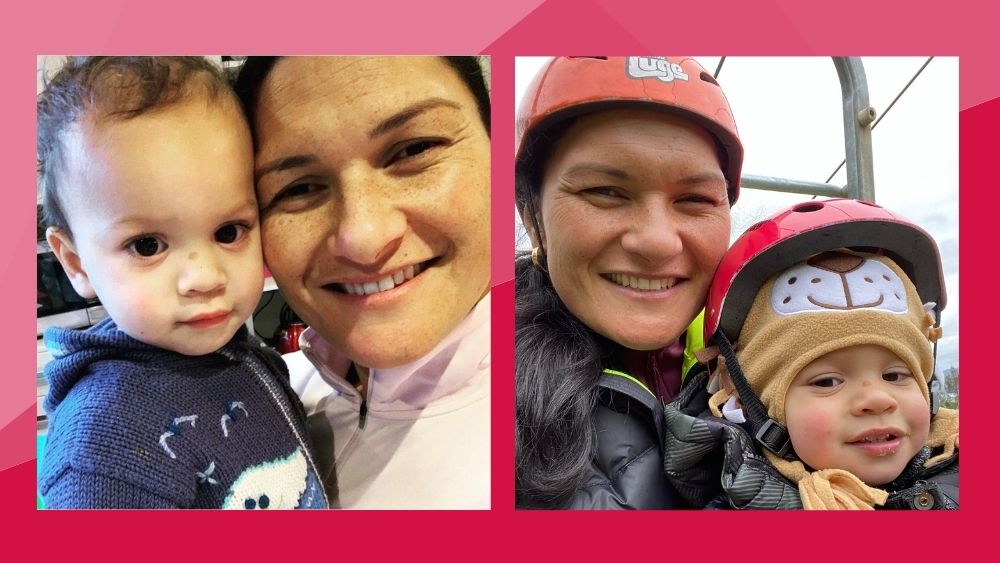Diabetes is a chronic condition that happens when the pancreas is no longer able to make insulin, when the body doesn’t produce enough insulin, or because your cells have become resistant to insulin. Insulin is the hormone that helps process glucose from the food we eat, which passes through the blood stream into the cells in our bodies, and is then turned into energy2.
Left untreated or undiagnosed, diabetes can lead to a range of health complications such as kidney damage, nerve damage (neuropathy), damage to blood vessels (vascular disease), and an increased risk of infections3.
There are two types of diabetes:
Type 1 is an autoimmune disease where the body’s immune system attacks and destroys the insulin-producing cells in the pancreas. People with Type 1 diabetes need lifelong insulin therapy4.
Type 2 is an insulin resistance, where the body’s cells do not respond properly to insulin. Over time, the pancreas may also lose the ability to produce enough insulin5. Type 2 diabetes is often linked to unhealthy lifestyle factors, like obesity.
Although different in nature, the treatment and management of both types of diabetes can be grouped into 3 main pillars: exercise, medication, and healthy eating.
Exercise. Exercise. Exercise.
Let’s delve deeper into the first pillar – exercise. Exercise is good for (just about) everyone by helping lower blood pressure, improve cholesterol levels, strengthen muscles and bones, and provide a boost to overall physical and mental wellbeing. But it’s particularly beneficial for people living with diabetes. Being active makes your body more sensitive to insulin, helps to prevent insulin resistance, and helps to lower blood sugar levels6.
There is a significant link between physical activity and managing Type 2 diabetes. Type 2 diabetes is the more common type and is associated with poor lifestyle factors such as an unhealthy diet, sedentary lifestyle, and obesity. Moving move can help reduce the risk of developing, or delay, Type 2 diabetes7.
It is different for those living with Type 1 diabetes where they are unable to maintain a constant blood glucose level during exercise. Instead, physical activity can help provide a better understanding of insulin levels throughout the day to help manage diabetes8.
Where to start?
Diabetes New Zealand recommends that people living with diabetes have a health check as the first step. This will assist in understanding what physical activity to start with and the intensity.
Suggested checklist:
- Check in with your doctor, health professional, and/or a podiatrist before you start any exercise plan.
- Measure your blood sugar before and after exercise, especially for those with Type 1 diabetes or if you take insulin. Your doctor or health professional should be able to advise what your blood sugar levels should be and when to you need to take action.
- Carry carbohydrates with you in case your blood sugar level gets low, and hydrate often9.
- Check your feet after exercise for any injuries such as blister, cracks, bruising and/or ulcers that you may not have felt due to possible nerve damage as a complication of diabetes.
- Choose cotton socks and athletic shoes that fit well and are comfortable. This will help prevent foot problems occurring10.
- Regular physical activity at a moderate level for 20-30 minutes a day is recommended with aerobic activity (think cardio workouts) considered the most beneficial11.
Aerobic exercise uses oxygen in the body as energy and is great for your lungs and heart health. It includes activity that makes you breathe faster, but not uncomfortably such as going for a brisk walk, mowing the lawn, or doing some housework like vacuuming. You can also dance, swim, or cycle to get your heart rate up.
If lifting weights is your thing, you can start to include strength training activities into your weekly routine with dumbbells, medicine balls, resistance bands or just use your own body weight. Starting small with something you enjoy doing and aiming for consistency is the best way to get into regular exercise.
Earn Active Rewards with AIA Vitality
As an AIA Vitality member, you can turn healthy actions into real rewards. Earn up to $260 in rewards per membership year by earning Physical Activity Points to reach your weekly physical activity targets.
Footnotes:
- https://info.health.nz/conditions-treatments/diabetes
- https://www.diabetes.org.nz/whatisdiabetes
- https://www.ncbi.nlm.nih.gov/pmc/articles/PMC3870323/
- https://medlineplus.gov/ency/article/000305.htm
- https://www.cdc.gov/diabetes/about/insulin-resistance-type-2-diabetes.html
- https://www.health.harvard.edu/staying-healthy/the-importance-of-exercise-when-you-have-diabetes
- https://www.niddk.nih.gov/health-information/diabetes/overview/preventing-type-2-diabetes
- https://www.diabetes.org.nz/type-1-diabetes-physical-activities
- https://www.diabetes.org.nz/type-2-diabetes-physical-activities
- https://www.diabetes.org.nz/complication-feet
- https://www.diabetes.org.nz/type-2-diabetes-physical-activities





.jpg)
